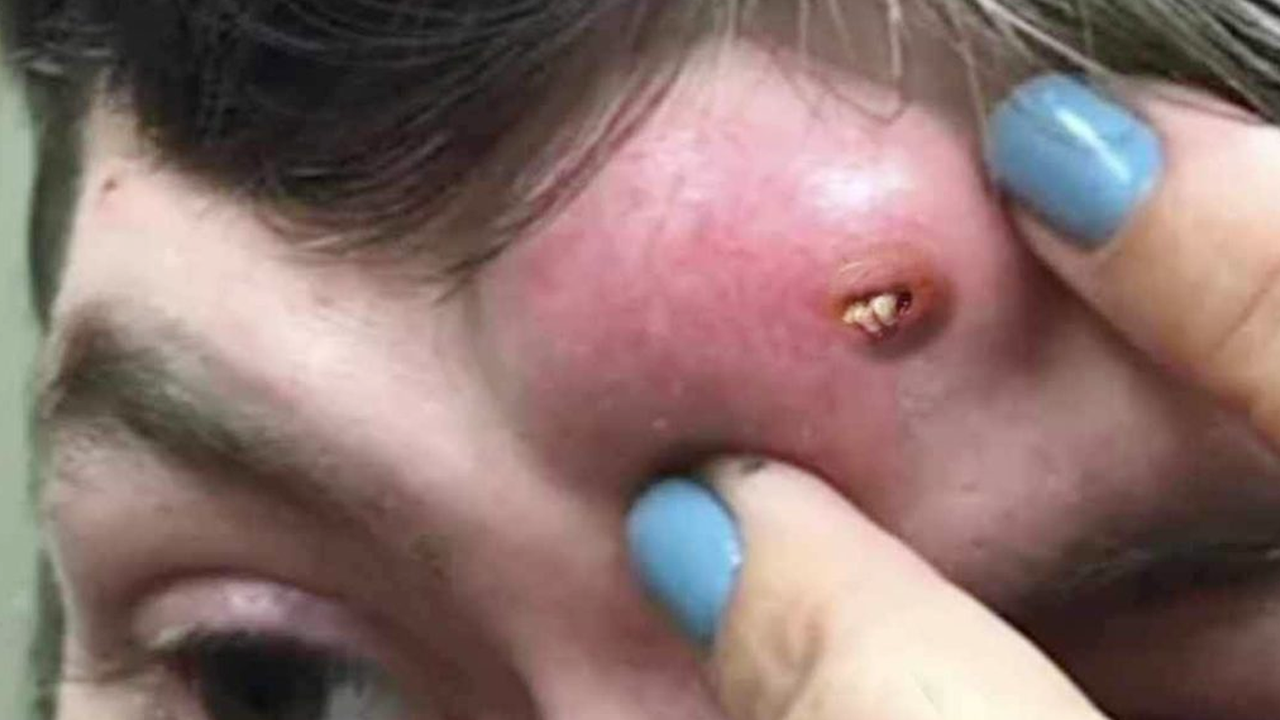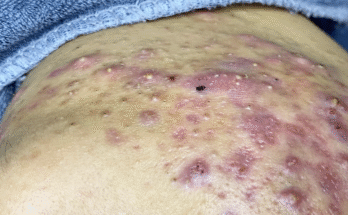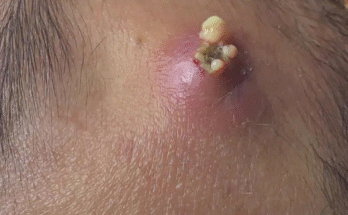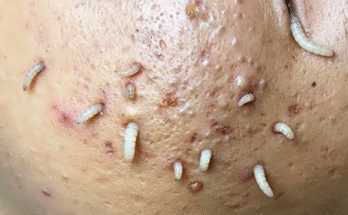Conquering Blackheads: A Comprehensive Guide to Clearer Skin
Blackheads, those pesky dark spots that mar our complexion, are a common skin concern affecting people of all ages. This comprehensive guide delves into the causes, effective removal methods, and preventative strategies to help you achieve clearer, healthier skin.
Understanding Blackheads: The Root of the Problem
What Exactly Are Blackheads?
Blackheads, medically termed open comedones, are essentially clogged pores. These blockages occur when hair follicles become filled with a mixture of sebum (oil), dead skin cells, and environmental debris. Unlike closed comedones (whiteheads), blackheads are open to the surface of the skin. Exposure to air causes oxidation of the trapped material, resulting in the characteristic dark coloration.
The Culprits Behind Blackhead Formation
Several factors contribute to the formation of these unsightly blemishes:
- Overactive Oil Glands: Excessive sebum production is a primary culprit, often exacerbated by hormonal fluctuations.
- Hormonal Shifts: Puberty, menstruation, and other hormonal changes can significantly influence oil production.
- Subpar Skincare: Using improper or comedogenic (pore-clogging) products can worsen the problem.
- Environmental Factors: Pollutants in the air can contribute to clogged pores.
Effective Blackhead Removal: Your Action Plan
Several approaches exist for tackling blackheads, ranging from at-home remedies to professional treatments.
At-Home Blackhead Busting
- Diligent Cleansing: Twice-daily cleansing with a gentle cleanser is fundamental. Look for formulations containing salicylic acid or benzoyl peroxide, which help break down pore-blocking materials.
- Exfoliation – The Key to Unclogging: Regular exfoliation removes dead skin cells, preventing further pore blockages. Chemical exfoliants like AHAs and BHAs are typically gentler and more effective than harsh physical scrubs.
- Pore Strips: A Temporary Fix: While pore strips offer immediate gratification by temporarily removing blackheads (especially from the nose), they don’t prevent future breakouts and may irritate sensitive skin.
- Manual Extraction: Proceed with Caution: Comedone extractors can remove blackheads, but this should be done meticulously and hygienically to avoid skin damage and infection. Professional assistance is often recommended.
- Topical Treatments: Long-Term Solutions: Retinoids like adapalene or tretinoin accelerate cell turnover, preventing pore clogging. These are particularly beneficial for persistent blackhead issues.
Professional Blackhead Treatments
For more stubborn blackheads, consider professional treatments:
- Facials: Deep cleansing facials can effectively remove blackheads and improve overall skin health.
- Microdermabrasion: This procedure exfoliates the skin, unclogging pores and improving texture.
- Chemical Peels: Chemical peels use various acids to exfoliate the skin, reducing blackheads and improving skin tone.
Preventing Blackheads: Proactive Skin Care
Preventing blackheads is significantly easier than treating them. Here’s how:
- Maintain Skin Cleanliness: Always remove makeup thoroughly before bed and cleanse your face after sweating.
- Choose Wisely: Non-Comedogenic Products: Opt for skincare and cosmetics labeled “non-comedogenic” to avoid pore blockage.
- Avoid Over-Cleansing: Over-washing strips the skin of essential oils, potentially leading to increased oil production.
- Hydration is Key: Moisturize regularly to maintain skin balance, even for oily skin.
- Nourish Your Skin from Within: A healthy diet rich in fruits, vegetables, and water promotes clearer skin.
Tackling Large Forehead Pimples: A Separate Strategy
Large, inflamed pimples on the forehead (papules, pustules, nodules, or cysts) require a different approach than blackhead removal.
Identifying the Pimple Type
Forehead pimples range in severity:
- Papules: Red, inflamed bumps; treated with anti-inflammatory topicals.
- Pustules: Contain pus; treated with spot treatments.
- Nodules/Cysts: Deep, painful, large lumps; require medical intervention (do not attempt to pop!).
- Comedones: Blackheads/whiteheads; treated through exfoliation and cleansing.
Treatment Approaches for Large Forehead Pimples
A step-by-step treatment plan for larger pimples includes gentle cleansing with salicylic acid or benzoyl peroxide cleansers, warm compresses to promote drainage, and spot treatments with benzoyl peroxide, salicylic acid, or sulfur-based products. Hydrocolloid patches can also help absorb pus.
For persistent or severe cases, a dermatologist can prescribe topical treatments (tretinoin, clindamycin, azelaic acid), oral medications (antibiotics, hormonal therapy, isotretinoin), or in-clinic procedures (corticosteroid injections, incision and drainage, chemical peels, microneedling).
Prevention of Large Forehead Pimples
Preventing these larger breakouts involves avoiding heavy hair products, washing your face and hair regularly, changing pillowcases frequently, avoiding touching your forehead, and using non-comedogenic makeup and sunscreen.
When to Seek Professional Help
If over-the-counter methods fail to yield results within a reasonable timeframe, or if you experience severe acne, consult a dermatologist. They can provide personalized treatment plans and address underlying issues contributing to your skin concerns. Remember, patience and a consistent skincare routine are crucial for achieving and maintaining clear, healthy skin.



